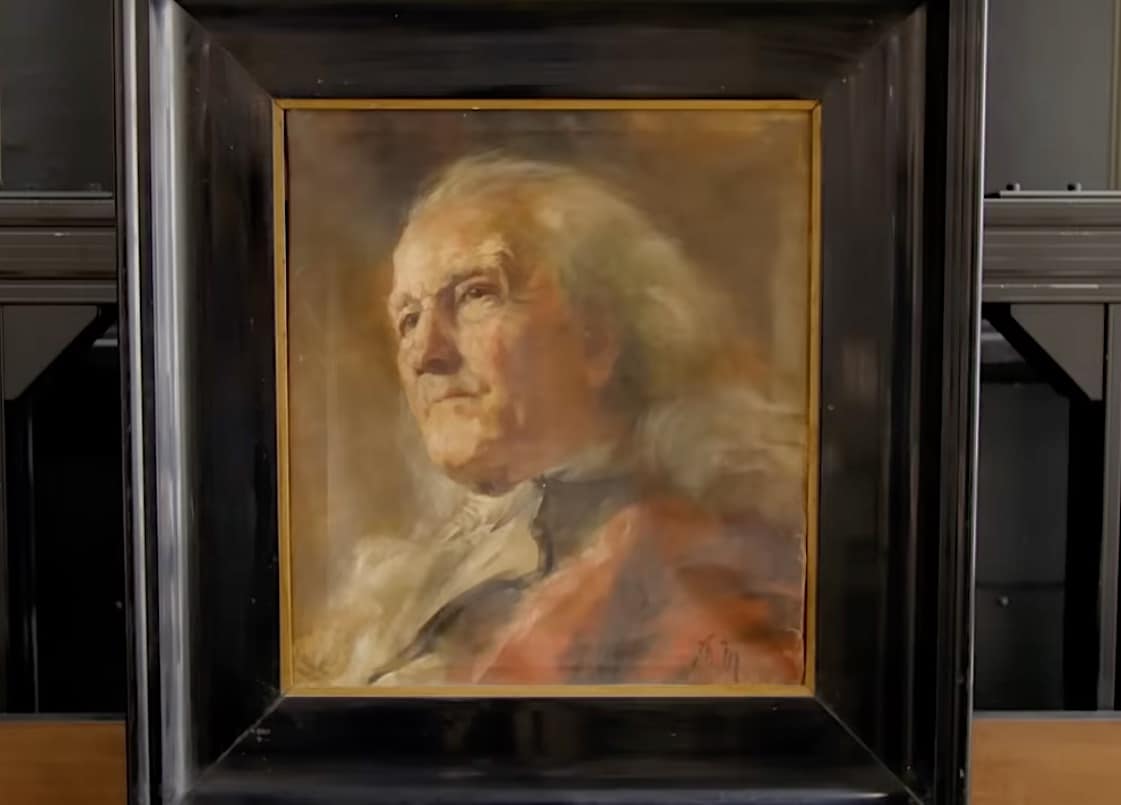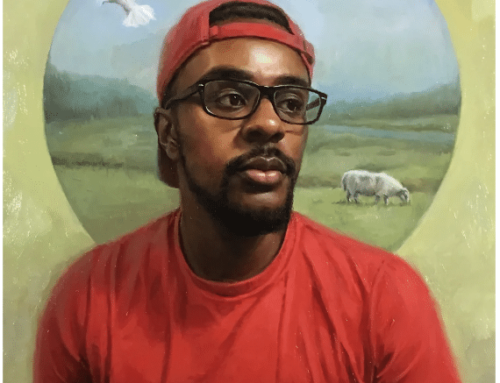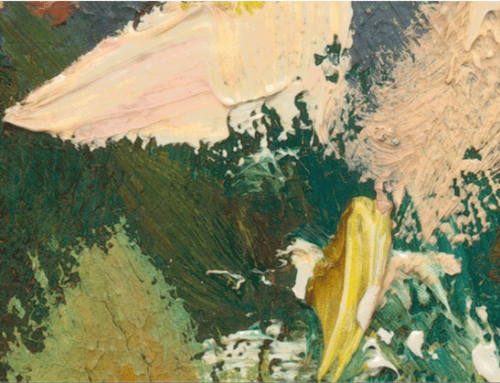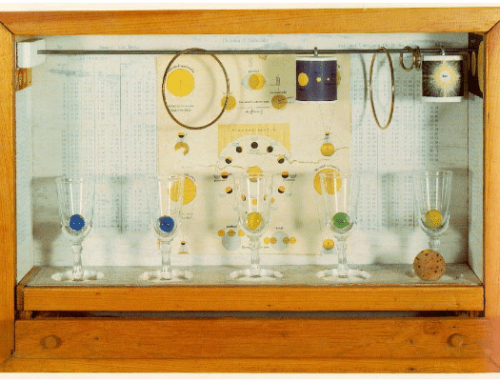Around the portrait, more than landscape, still life, or abstract art, a sense of mystery clings once time has washed the painting clean, as it were, of all fingerprints. Absent a signature or date, how much can ever be known about the nameless person whose face stares out at us from the past or the artist who painted them and why?
This is the challenge facing the “art detectives” of the BBC show, Perspective. One of you wrote in to tell me about this program after the first “Films about Artists” post ran; unlike the American show Fake or Fortune? this show includes not just the science of analyzing paintings but also a strong biographical and historical element with background on the life of the artist and the circumstances surrounding the painting, including when and why it was made.
“For every known masterpiece,” teases the voiceover, “there may be another still waiting to be discovered.” The show fields requests from hundreds of art owners and selects the most promising for a full investigation. Sometimes the man and woman team establishes attribution to a famous artist, sometimes they uncover a forgery, sometimes the evidence is inconclusive.
Watch this episode, as they search on two continents for clues to the mysteries behind three portraits from different periods of art history.
And if you are a devotee of portrait paintings, or just want to learn more about what’s involved, check out some of these DVD products with hours of instructional time with contemporary masters of the genre.
The Mysterious Portrait – “Special Effects” in 1899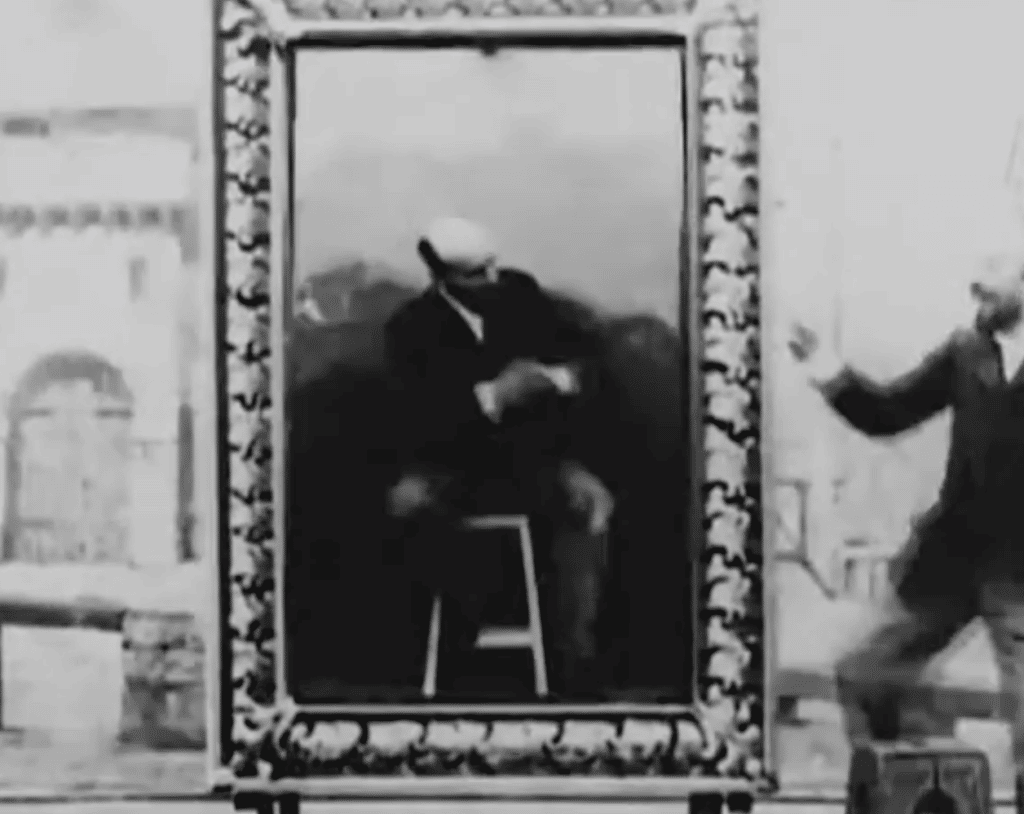
Laughable in its crudity perhaps, yet charming in its innocence, this little-known
antique film clip represents one of the early moments in cinema in which a director (the now famous George Miele, of rocket-ship-in-the-moon’s-eye fame) deliberately explored the medium’s comedic potential to interchange fantasy and reality.
The Mysterious Portrait is an odd capture of the very moment when the history of painting met “the moving picture,” the next and arguably most formidable challenge (after photography) to art’s fundamental purpose and the artist’s vocation. Is Miele’s work art? Would this be the death of painting? Seems to me art survived the encounter well enough. The current challenge is Artificial Intelligence.
AI programs are becoming much more powerful and widely available (you just access one via a website). Digital artists are having a fit over it, because they see their own work being fed into its databases and recombined in a way that anyone can type in a string of words and it’ll spit out a new and original digital work anyone can use for cheap (thus cheating human digital artists out of an income source). Read all about it if you haven’t already.

